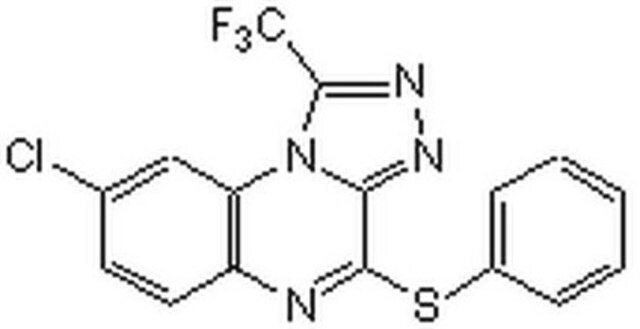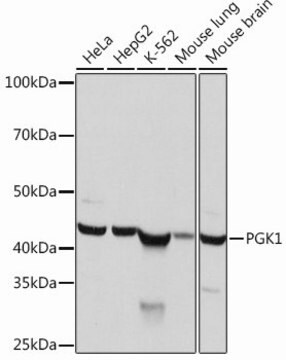E8283
pFLAG-CTS™ Expression Vector
Bacterial vector for periplasmic expression of C-terminal FLAG fusion proteins
About This Item
Productos recomendados
tag
FLAG® tagged
grade
for molecular biology
form
buffered aqueous solution
shipped in
dry ice
storage temp.
−20°C
General description
C-terminal FLAG fusion proteins may be purified using Monoclonal ANTI-FLAG M2, Catalog Number F3165, and ANTI-FLAG M2 Affinity Gel, Catalog Number A2220.
The pFLAG-CTS-BAP Control Plasmid is a 6.7 kb E. coli plasmid used for efficient and controlled periplasmic expression of C-terminal FLAG-BAP fusion protein.
Vector Maps and Sequences
Application
Components
- pFLAG-CTS™ Expression Vector 10 μg (E5269) is supplied as 0.5 mg/ml in 10 mM Tris-HCl (pH 8.0) with 1 mM EDTA.
- pFLAG-CTS™-BAP Control Plasmid 1 μg (P7707) is supplied as 0.5 mg/ml in 10 mM Tris-HCl (pH 8.0) with 1 mM EDTA.
Principle
Legal Information
Related product
Storage Class
12 - Non Combustible Liquids
wgk_germany
WGK 3
flash_point_f
Not applicable
flash_point_c
Not applicable
ppe
Eyeshields, Gloves, multi-purpose combination respirator cartridge (US)
Elija entre una de las versiones más recientes:
Certificados de análisis (COA)
Lo sentimos, en este momento no disponemos de COAs para este producto en línea.
Si necesita más asistencia, póngase en contacto con Atención al cliente
¿Ya tiene este producto?
Encuentre la documentación para los productos que ha comprado recientemente en la Biblioteca de documentos.
Contenido relacionado
Bacterial Expression Vectors: tac Promoter System
Nuestro equipo de científicos tiene experiencia en todas las áreas de investigación: Ciencias de la vida, Ciencia de los materiales, Síntesis química, Cromatografía, Analítica y muchas otras.
Póngase en contacto con el Servicio técnico







